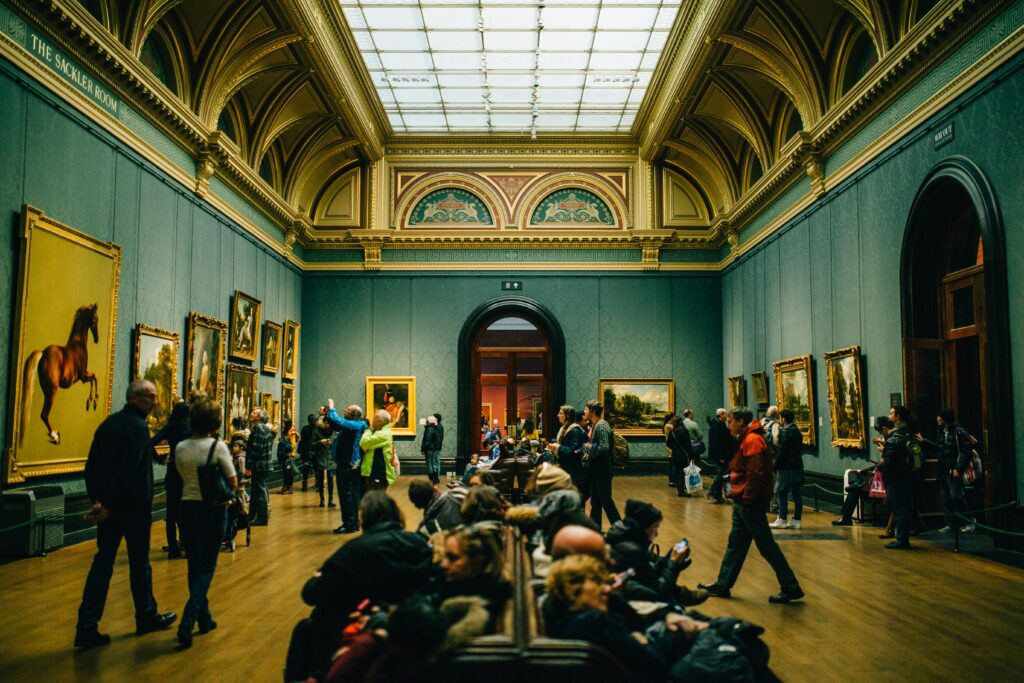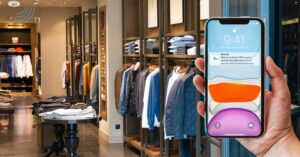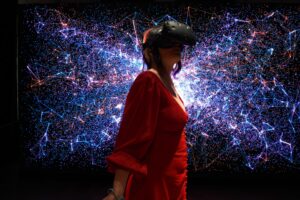Accessibility is making places, products, services, and so on, accessible to everyone. Maybe we think that accessibility, which has just started to be considered important, is still not widespread enough. We’ve decided to start a series of articles to help make this even more common. In our series of “Ways to Make Venues More Accessible” we will cover museums, shopping malls, libraries, airports, and hospitals and will publish an article every two weeks. The first venue of this series is museums.
We can generally define museums as places where people can see works of art and science. Then we ask, why do people go to museums? The answer to this may be different for everyone. Some want to learn about the past, some want to learn about the country they visit, some go to museums just to enjoy the culture and art there. But do these only apply to people who do not have any disabilities? Of course not. Museums are for everyone, and for this to happen, museums need to be sensitive to this issue and design their museums more accessible.
Making a museum accessible is a process and this process starts before visitors decide to come to the museum and ends when they return their home from the museum. Here are 3 elements for designing accessible museums:
1) While visitors are still deciding to go
What do you do before you decide to go somewhere? You usually search for that place on the internet. But what if your museum’s site is not accessible? That’s when visitors cannot learn about your museum or even think that your museum is not for them. We will not explain it in detail here, but we have explained how you can make your website accessible in this blog post. By following these steps, you can make your museum website accessible to everyone.

2) After visitors decide to go
Visitors decided to come to your museum. What if they were able to access the online map of your museum while they were still at home, and could find out where the artworks they wanted to see are, and learn where the entrance and exit are, where the toilets are, before they even arrive? In this way, they feel much safer when they arrive and can explore the museum more comfortably. At the same time, you can talk about which of the ways to reach your museum is the most accessible. For example, you can reserve a section on your website and answer questions such as: Are you on a subway route that is very good in terms of accessibility, if they come by car, what route should they follow after getting out of their car, where they need to park in the car park in order to reach the ramp for wheelchairs.

3) When your visitors come to your museum
You can offer solutions such as audio description when your visitors come near the artwork, in-museum navigation, and personalized route creation via your mobile application for your visually impaired visitors. You can even prevent problems such as starting the museum navigation from outside the museum and finding the entrance door and reaching it, thanks to beacons. In addition, you can include these features in your application not only for the visually impaired, but also for your wheelchair users. For example, you can show routes that allow them to use ramps and elevators when they create a route.
You might feel like we’ve only talked about accessibility through your website and app so far. However, accessibility is not only something provided over the internet, but it is very important for you to create an accessible museum for everyone, such as the fact that there are explanations written in Braille alphabet next to the artworks in your museum, there is an uninterrupted access to every point of the museum with ramps and elevators, and there are visual explanations. Inclusive City Makers beautifully summarized how some museums offer a solution for everyone while aiming to be an accessible museum. You can see the table below.

Museums in Turkey are also willing to take steps in terms of accessibility. Odunpazarı Modern Museum is one of these museums. We hope that accessible museums will increase in our country.







